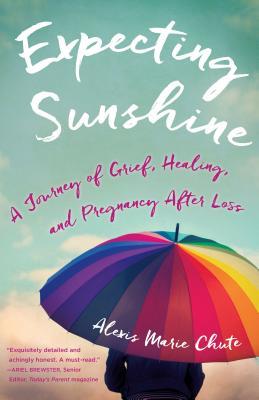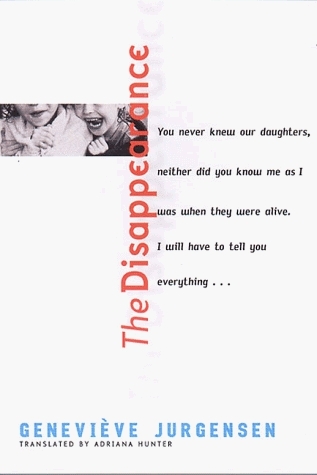
It Rains in February: A Wife's Memoir of Love and Loss
Book Description
Love is a fierce storm, and February is a month of downpours. In "It Rains in February," Leila Summers lays bare her heart, charting a journey through the thunderous grief of losing a beloved partner. Each page reveals an intimate tapestry of memories, heartache, and resilience, capturing the beauty and brutality of love. As she confronts the void left behind, she navigates the swirling emotions of hope, despair, and the relentless question of what it means to truly live after loss. How do you find the sun again when the rain feels endless?
Quick Book Summary
In "It Rains in February," Leila Summers offers a raw and unfiltered account of her journey through the devastation of losing her husband to mental illness and ultimately suicide. With poetic vulnerability, she recounts not only the profound love they shared but also the turbulent storms caused by his depression. The memoir skillfully intertwines memories of their life together with the agony of navigating grief, regret, and the search for meaning in the aftermath of his loss. Summers does not shy away from presenting the complexities of mental illness, relationship strain, and the isolation that comes with bereavement. Her honest storytelling provides comfort, validation, and hope to others grappling with loss and mental health challenges, ultimately exploring the resilience needed to return to life after tragedy.
Summary of Key Ideas
Table of Contents
Coping with Grief After Loss
Leila Summers’ memoir opens by plunging the reader into the overwhelming aftermath of her husband's death. She captures the shock and numbness that define the early days of grief, illuminating how loss can unravel time, identity, and daily routines. Her writing is marked by vivid memories both beautiful and painful, detailing the enduring love she and her husband shared alongside the darkness of his struggle with depression. Summers draws the reader into the emotional whirlwind that follows the loss, describing moments when grief arrives in acute, crushing waves.
The Impact of Mental Illness on Relationships
As the narrative unfolds, Summers delves into the challenging reality of loving someone battling mental illness. She reflects on the unspoken burdens and the helplessness that partners often feel when witnessing a loved one’s suffering. Through candid anecdotes, she reveals how moments of connection are shadowed by periods of emotional distance and turmoil. The memoir sensitively explores the ambiguity and confusion of supporting someone with depression, underscoring the importance—and limitations—of love as a healing force.
Navigating Isolation and Guilt
Isolation and guilt are recurring themes throughout the memoir. Summers recounts how the stigma surrounding mental illness and suicide often compounded her grief, leaving her feeling alienated and misunderstood. She details her internal struggle with self-blame, replaying what-ifs and moments she wishes she could change. Her honesty in confronting these difficult emotions helps to break down misconceptions about bereavement, highlighting the deeply personal and often solitary nature of mourning.
The Journey Toward Acceptance and Resilience
The journey toward acceptance is gradual and uneven. Summers describes how, over time, small routines and the kindness of others begin to create fissures in her sorrow. She recounts learning to live with loss rather than move on from it, marking each tentative step forward as both an act of survival and of honor toward her husband’s memory. This section emphasizes the resilience required not only to endure grief but to rebuild a life forever altered by tragedy.
Finding Meaning and Hope After Tragedy
In the memoir’s closing reflections, Summers turns her gaze toward hope and meaning. Though the pain of her husband’s absence endures, she finds solace in connection—with her own emotions, with others who understand, and with the legacies of love and compassion her husband left behind. The narrative ends on a quiet but tenacious note of recovery, demonstrating that the journey through grief is not about forgetting but about learning to live with love and loss woven together.
Download This Summary
Get a free PDF of this summary instantly — no email required.





